Back To The Start: An Interview With Bruce Thomas
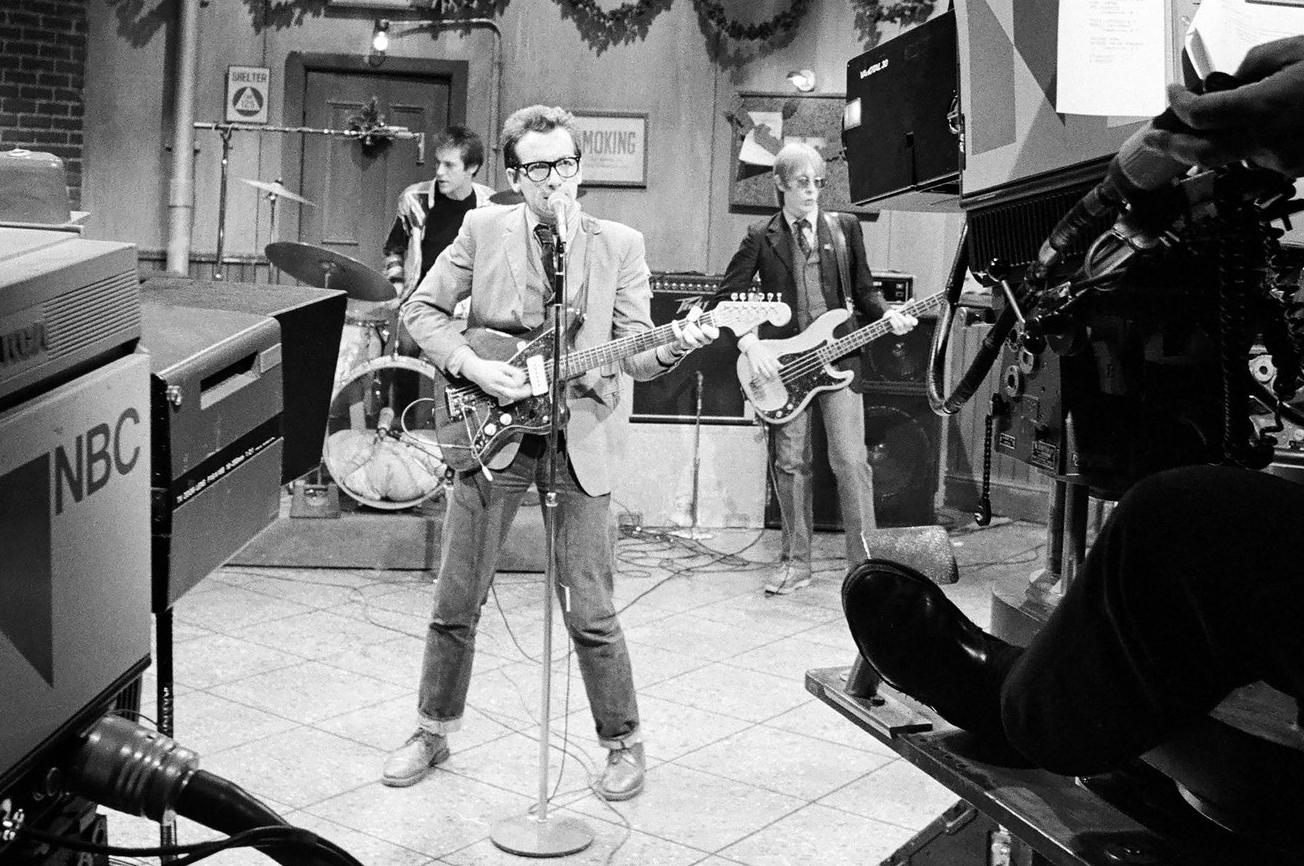
We know that many No Treble readers are big fans of Bruce Thomas of The Attractions, as the recent transcriptions of his bass lines have been popular features. So it’s good to hear that he’s been in the studio again.
He has recorded a new album called Back To The Start in collaboration with singer-songwriter Spencer Brown, with ten new tracks and a cover of The Beatles “There’s A Place” from the Fab Four’s debut album. There’s a retro vibe to the tracks, with a nod to sixties and seventies-style instrumentation and songwriting, and a lyrical slant towards a nostalgia for more simple times. Bruce also arranged and produced the tracks, and he was kind enough to tell me about the album, and the process of working with a new collaborator.
So, Bruce, it’s great to see that you have recorded some new material. How long has it been since the last time you appeared on a studio recording?
It’s about a couple of years since I played bass on ten songs for (UK Singer/songwriter) Tasmin Archer, at her studio in Leeds. While I was there, I also did an album’s worth of tracks for an American band called The Weepies, who sent their song files over the internet.
I understand you initially connected with Spencer Brown, who wrote the songs, on social media – can you tell us a little more about how that came about?
I have quite a few Friends on Facebook who ask my opinion on their playing, or about songs they’re working on. About a year ago, Spencer messaged me and asked if he could send me a song called “Fall on You.”
I had a listen and really liked it — it was quite Beatle-y — and offered a few suggestions about the arrangement and instrumentation. A few days later he sent me a new version where he’d made the changes — and asked if I’d listen to a couple more songs.
They were really good too. I said if he came up with one more he would have enough for an EP. At which point he sent me another song and asked if I were ever passing his house, would I like to pop in and put bass on the tracks. Given that they were the best bunch of songs I’d heard in quite a while, I said I would.
One of the songs Spencer sent was called “Back to the Start.” I could hear it trimmed down a bit and given an ELO-style arrangement. I also had the idea that it could be the opening track of a themed album. At this point, the collaboration really began.
The songs mainly have a 60’s/70’s vibe to them; was that a deliberate approach?
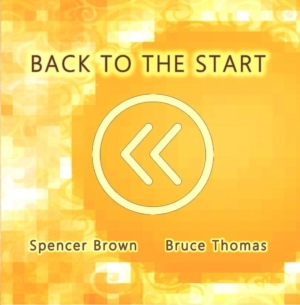 At the point that we realized we could do an entire album (which is an Old-School concept in itself!), we decided to have the theme of classic-sounding single-length pop songs. So the production, arrangement, and instrumentation reflect this.
At the point that we realized we could do an entire album (which is an Old-School concept in itself!), we decided to have the theme of classic-sounding single-length pop songs. So the production, arrangement, and instrumentation reflect this.
If you’ve noticed, the first three songs all have the word “remember” in them as part of the lyrics — and they talk about going back to your younger days, being a musician trying to get a break, first love, first car, and so on. But by the end, “Back to the Start” doesn’t mean looking nostalgically to the past, but coming back to the present — which is really the only the place that anything can start from.
So, the Beatles cover, “There’s a Place” (where I can go, when I feel low) doesn’t mean dwelling in nostalgia and regret, but proactively thinking and doing something positive.
Did you use any vintage gear to help to get that sound on the tracks?
Well, for instance rather than use modern string, woodwind, and brass samples, we used an old Mellotron of Spencer’s, with its notoriously temperamental tape loops. The Theremin on the record is not an old 1930s analog model, though — that’s a plug-in.
We used an autoharp on “Thursday” because we thought it should have a Lovin’ Spoonful kind of vibe.
Spencer used his old 50w Marshall top — the kind that has the old metal-plate logo on, pre- the Marshall “script” version. It only goes up to “10”. He has a Gold Top Les Paul, but he took a bit of a shine to my ’59 Strat and used that on a couple of tracks.
I used my old 1980s Trace Elliott combo, to begin with, but then ended up going direct. I didn’t use any effects or pedals (apart from the Auto-Wah on “Jonah in the Whale”). We got the drive of the bass mainly through tweaking it through several layers of EQ and multiband compression. But I have to add that a lot of the tone of a bass guitar comes from the fingers of the player him- or herself. Where you hit the strings, how near the bridge, tension and relaxation, how you release the note — and many other factors —have a lot to do with it.
Our best bit of outboard kit was a pair of old Fairchild limiters which are quite hard to come by these days. I’d love to say we had an old Rupert Neve recording console, but sadly not. But perhaps the most vintage element was the musicians themselves! — in so far as we have quite a bit of experience about the way music used to be made.
I hear that The Bass Centre have created a Bruce Thomas signature model. Can you tell us a little about the process of creating a signature bass?
It was more of a collaboration between us. My old “pink” Attractions Fender was stolen in 1996, and I never managed to adequately replace it, even though I tried many similar vintage P-Basses. The fact is, though, that I made many modifications to the original, so I thought the only answer was to go down that again.
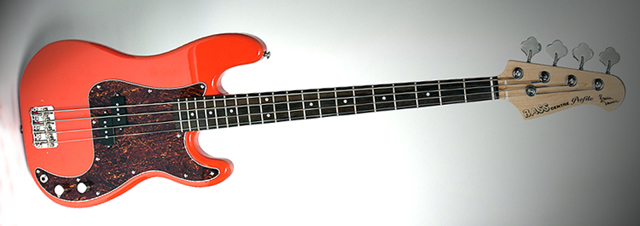
I rang Barry Moorhouse at the Bass Centre and told him I needed a “donor” bass. He told me that he was actually in the process of putting out new British Bassmasters series of basses, and reckoned that if I wanted a bass like my original one, so might a few other people. So why didn’t we get together and manufacture one?
At that point, I started spec-ing up a new model. I took a 1963 Fender of Barry’s as a template and reshaped the body and neck — hence the name “Profile.” I specified the rewinding of the pickups and new electrics etc. — and we then got samples from various instrument manufacturers around the world, till someone came up with something we liked.
Did you use it on the album? What other basses did you use on the album?
I’d be in trouble if I said I didn’t use it! Yes, it’s on a few tracks. But I also ended up using a Danelectro Hodad on some tracks. If you want to see what that bass is like, there’s a clip called “Stop the Clock” on my YouTube channel. There’s also load of clips of the Profile signature bass in action on my website.
Do you have any plans for any more albums with Spencer?
That really depends on how this one goes down. But we certainly enjoyed working together, and we get on well because he agrees with everything I suggest! He’s already written a few new songs, so it could well happen. Let’s see…
I’m sure a lot of your fans would love to see you play live again, so will there be any gigs to promote the album?
There are no plans for gigs at the moment. There’s nothing worse for making a bass sound out-of-time than playing with an acoustic guitarist and no drummer! But once you start talking about a band scenario, then you’re into road crew, hotels, etc. etc. which is an entirely different dynamic.
Part of my reason for doing the album was also to show people that I can still play the bass. So, there’s always the avenue of someone hearing the album and inviting me to team up with them, to get me back on the planks!
Do you have any other musical projects coming up?
At the moment, until the New Year, I’m just going to concentrate on promoting Back to the Start. And wearing my other hat, I’ve just completed two new books for release next year, and have another half-written, and one more in preparation. So I’ve put learning the banjo back on hold again.
Finally, where can we get hold of the album?
Amazon.com is your first stop. That will get you to the CD, MP3, Apple, Spotify, or whatever format you’re looking for. The album is also available on Bandcamp.
There are also links are on my “Back to the Start” Facebook page, or my website.
Hope you enjoy it!
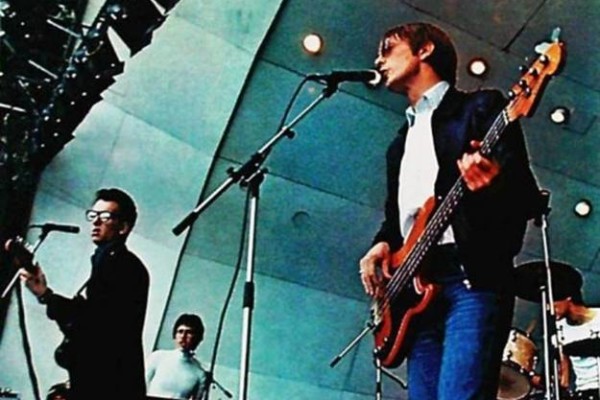

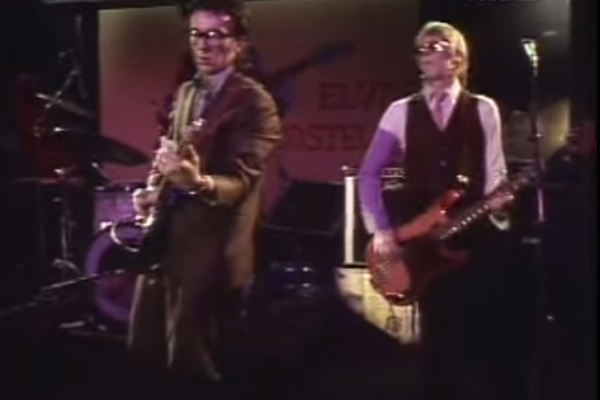
Super article . Love your sound and your input here . I play a 1971 Tele Bass and a 1996 pj . Thanks Scott Fenson
Thanks for your comments Scott. Bruce is a great bass player and a really nice bloke!
Love this man… and the man doing the interview. I can’t believe I’m just seeing it now, some 6 years later!